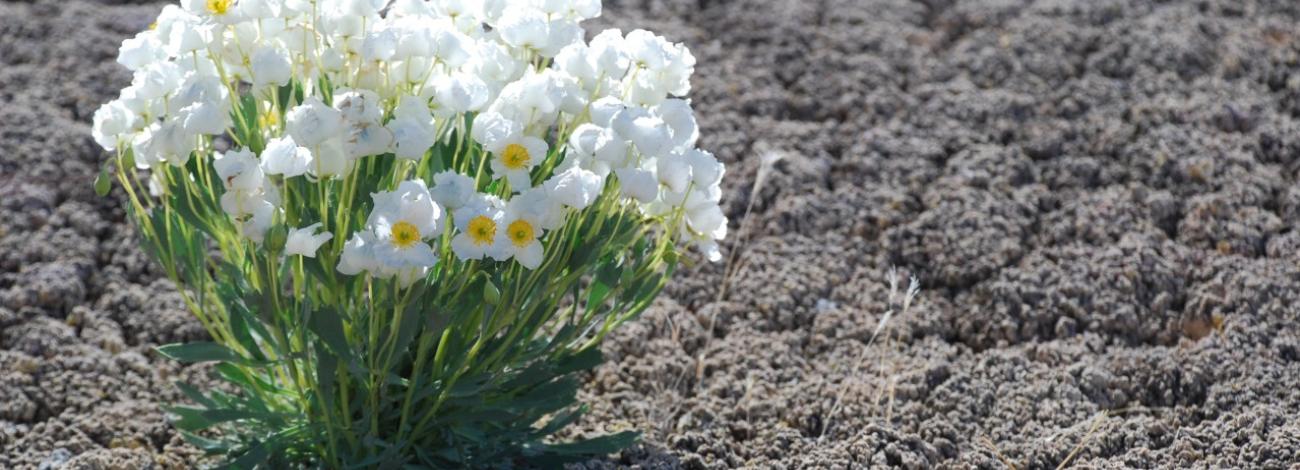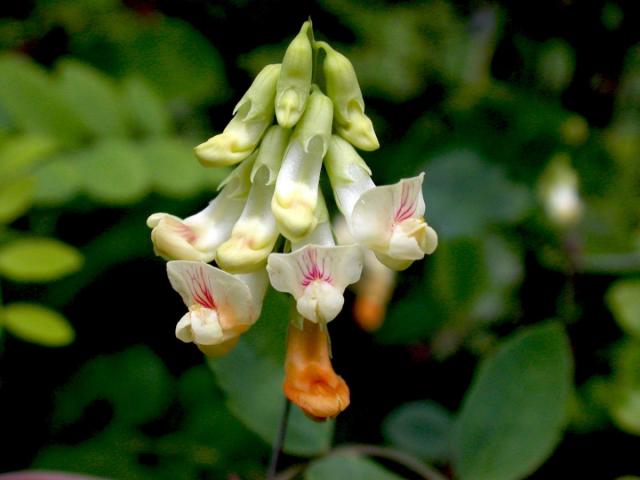
Rare Plant Conservation
The BLM manages more than 1,800 rare plant species, with more than 300 rare plant species found wholly or mostly on BLM lands. Rare plant species are scarce because the total population of the species have just a few individuals, is restricted to a narrow geographic range, or both. Some rare plants occur sparsely over a broad area. Other rare plants have many individuals, but these are crowded into a tiny area; in some cases, a single county or canyon. A third kind of rare plant are those with both few individuals AND a narrow geographic range: these are the very rarest plants. Many rare plant species are also closely related to important crops that provide food, industrial materials and medicines. Increasingly, plant breeders are turning to rare plants for the unique genetic information they possess. You can find out which rare plants are managed by BLM by visiting your BLM state website.
BLM botanists are responsible for documenting, monitoring and protecting the hundreds of rare plants living on BLM lands. A single botanist may survey thousands of acres to document where rare plant species occur. Interdisciplinary teams plan permitting actions on BLM public lands such as grazing and natural resource extraction that may encroach on rare plant habitat. Botanists participate on these teams to ensure rare plant populations are considered during planning and remain protected. BLM botanists also develop and implement conservation strategies for rare plants on BLM lands, monitor rare plant populations, and assess population trends.
There are two administrative management designations which can be used to protect plants:
Research Natural Areas
The BLM designates and manages RNAs to preserve examples of significant ecosystems and provide opportunities for education, research, and collection of baseline data in relatively unaltered natural communities. The BLM presently manages 148 RNAs, most of which protect native plant communities.
Areas of Critical Environmental Concern
The ACEC designation highlights areas where special management attention is needed to preserve significant natural, biological, or cultural resources. Today, the BLM manages roughly 900 ACECs, many of which were created specifically to conserve biologically diverse or significant native plant communities.


